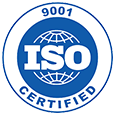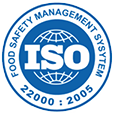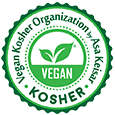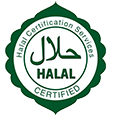



Specification: Meet the GB25532-2010 and FAO / WHO standards
Appearance | White to creamy white crystalline powder | Total plate count | ≤100 CFU/g |
Loss on drying | ≤8.0% | Coliform Group | ≤30 MPN/100g |
pH | 5.0-7.5 | Salmonella | Negative in 25g |
Assay (as natamycin) | ≥50% | Listeria monocytogenes | Negative in 25g |
Lactose | ≤50% | E.coli | Negative in 1g |
Heavy metals (as Pb) | ≤10 ppm | Arsenic (As) | ≤2 ppm |
Lead (Pb) | ≤3 ppm | Mercury (Hg) | ≤1 ppm |
Applications: Natamycin can be added directly to foods by mixing, dipping or spraying. Depending on the application, the amount of natamycin needed varies. To prevent growth of all known food spoilage yeasts and moulds, up to 0.01g/L or 0.04 g/gallon is sufficient.
Surface Spraying: Block cheese and shredded cheese, Salami and other sausages.
Direct Addition/Mixing:Yogurt, Sour Cream, Cream cheese and Cottage cheese, Fruit juice and Fruit preparations. Natamycin can also be applied to grain, silage storage preservation and fruit storage area, it can kill over one hundred kinds of the mold may contaminate the grain and feed.
Safety: Natamycin is nontoxic to human bodies and no any carcinogenesis, mutagenesis or hypersensitivity reaction (HSR) was observed after its use.
No normal resistance of moulds and yeasts to natamycin was observed. ADI 0-0.3mg/kg (FAO/WHO, 1994); Safe to apply on food (FDA, 172.155, 1994); LD50: 2.73g/kg (experiment with matured male mouse)
Composition: Contains 50% natamycin (E235) (CAS#7681-93-8) blend with Lactose/ NaCl/ Dextrose (as carrier)
Packaging: 500g HDPE bottle, 10KG/carton
Shelf life and storage: 2 years when stored in a cool, dry place without direct sunlight and temperature below 20°C.